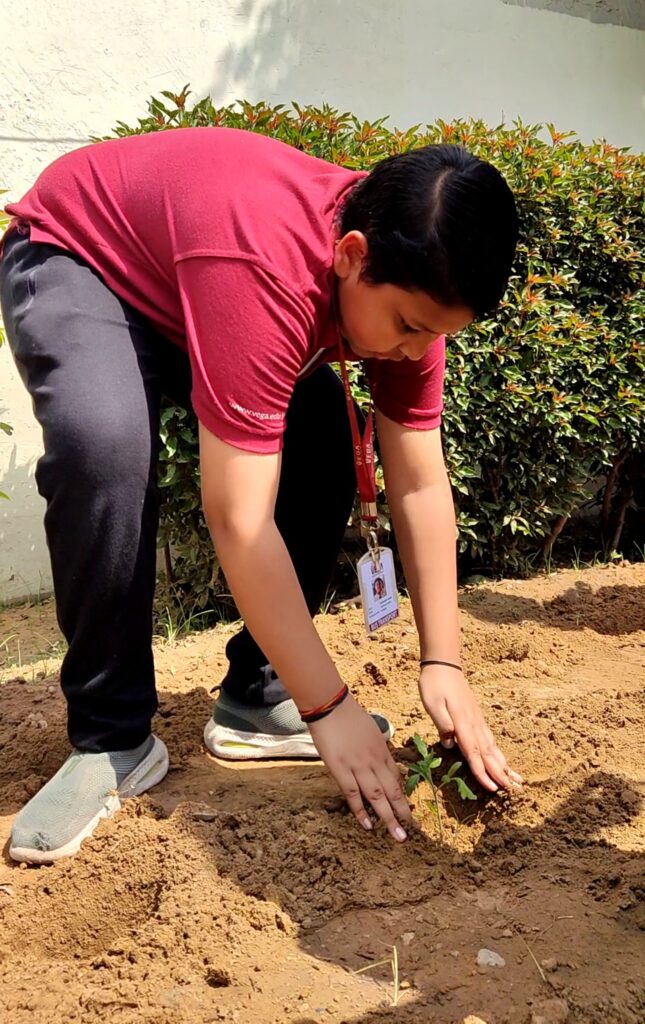In this technology-driven world, with all this time being spent indoors and seated at a desk staring at screens, students today often fall into an inactive slump. However, recent educational trends are turning the tide by advocating for outdoor learning, an approach that takes education beyond the four walls of a classroom. Immersing students in outdoor settings helps them connect their educational experience with personal and holistic development. Here’s how students can thrive with outdoor learning:
1. Enhanced Physical Health
Outdoor learning often involves physical activities such as hiking, gardening, or nature walks. These activities help students stay active, improve their fitness levels, and lower the rate of childhood obesity. Fresh air and sunlight also contribute to better overall health by boosting the immune system and providing essential vitamin D.
2. Improved Mental Well-being
Nature has a calming effect that can reduce stress, anxiety, and depression. Students who spend time outdoors can have a better mood and concentrate more. The natural environment provides a soothing backdrop that can enhance mental clarity and emotional stability, making it easier for students to focus and engage in their studies.
3. Better Academic Performance
Students who engage in outdoor learning studies have shown they perform better academically. Outdoor learning is active and experiential, which could be more engaging and real for children in a techie world. Science, geography & environmental studies make more sense when children see and touch those phenomena by themselves.
4. Development of Social Skills
Outdoor learning often involves group activities that require teamwork, communication, and collaboration. These experiences help students develop essential social skills, such as problem-solving, leadership, and empathy. Working together in a natural setting can strengthen bonds and foster community among students.

5. Increased Environmental Awareness
Being close to nature can cultivate a deeper appreciation and understanding of the environment. Students get to learn about ecosystems, conservation, and sustainability in a real sense. This can lead them to adopt more environmentally friendly behaviors and become advocates for the planet.
6. Boosted Creativity and Imagination
The natural world provides a rich source of inspiration for creativity and imagination. Outdoor learning offers students the opportunity to explore, observe, and question their natural environment which sparks their curiosity and creativity. Activities like storytelling, art projects, and nature journaling can be particularly effective in nurturing creative thinking.
7. Practical Life Skills
Outdoor learning can also foster life skills, and opportunities to develop practical lessons that are valuable in everyday life. Whether it’s learning how to navigate using a map, building a shelter, or identifying plants and animals, these skills contribute to a student’s self-sufficiency and problem-solving abilities.
Implementation Strategies for Outdoor Learning
- Nature Walks and Field Trips: Organize regular outings to parks, nature reserves, and botanical gardens where students can experience learning directly through observation of the environment
- School Gardens: Build a school garden and teach students about plant biology, ecology, and sustainability.
- Outdoor Classrooms: Expand the classroom into outdoor spaces, such as schoolyards or nearby natural areas for a variety of subjects.
- Collaborative Projects: Encourage students to work on group projects that involve researching and presenting on environmental topics, promoting teamwork and communication skills.
- Integrating Technology: Use technology to enhance outdoor learning experiences, such as nature apps for identifying species, GPS devices for navigation, and digital cameras for documenting observations.
Outdoor learning offers a dynamic and holistic approach to education, enriching students’ lives in multiple dimensions. By integrating nature into the learning process, educators can provide children with access to a diverse and stimulating environment that supports physical health, mental well-being, academic success, social skills, environmental care, creativity, and practical life skills. Students flourish in these natural environments and are better equipped to tackle the challenges of life. Students can thrive with outdoor learning and be a better individuals for future.
Vega Schools offers holistic education to children in Delhi NCR and is rated among the top Schools in Gurgaon. Its modern infrastructure, facilities, and experienced teachers are a big asset to the learning & development of students, be it for Nursery, Primary or Senior children making Vega Schools the best schools in Gurgaon. For information about admission please visit the Vega Schools campuses in Sector 48 and Sector 76 Gurugram.
